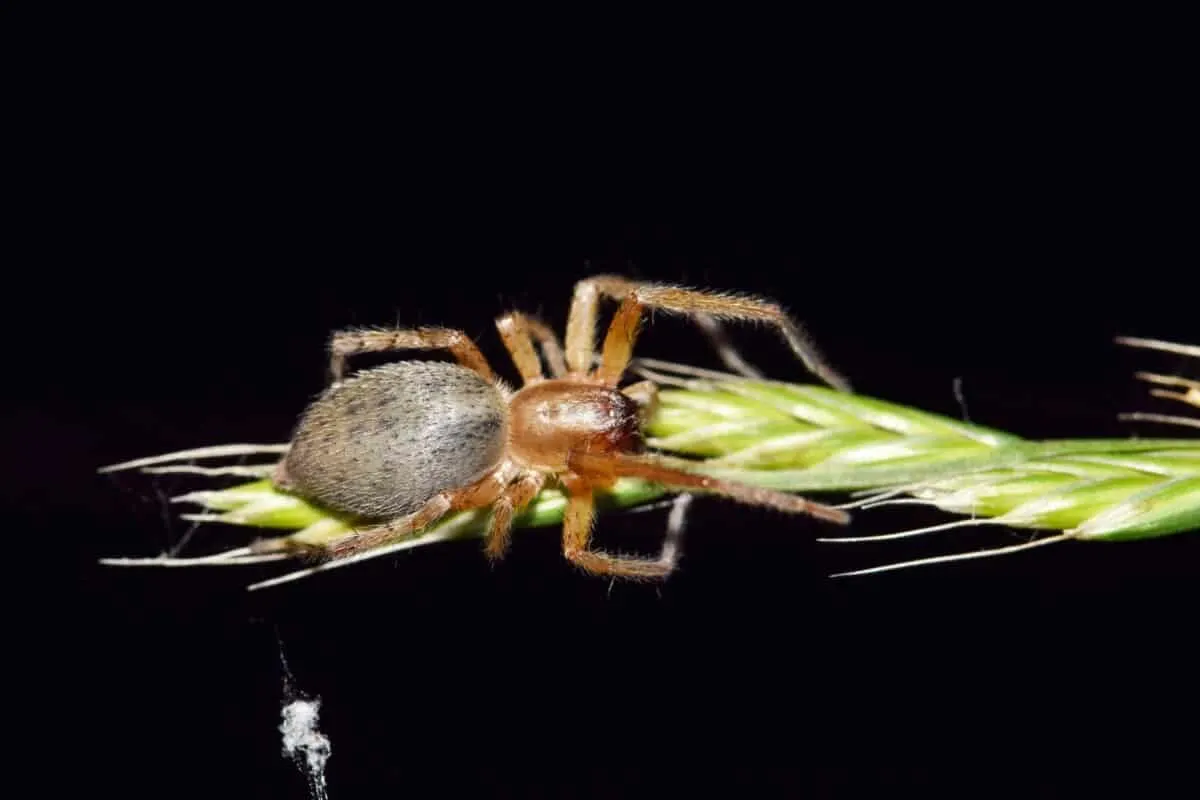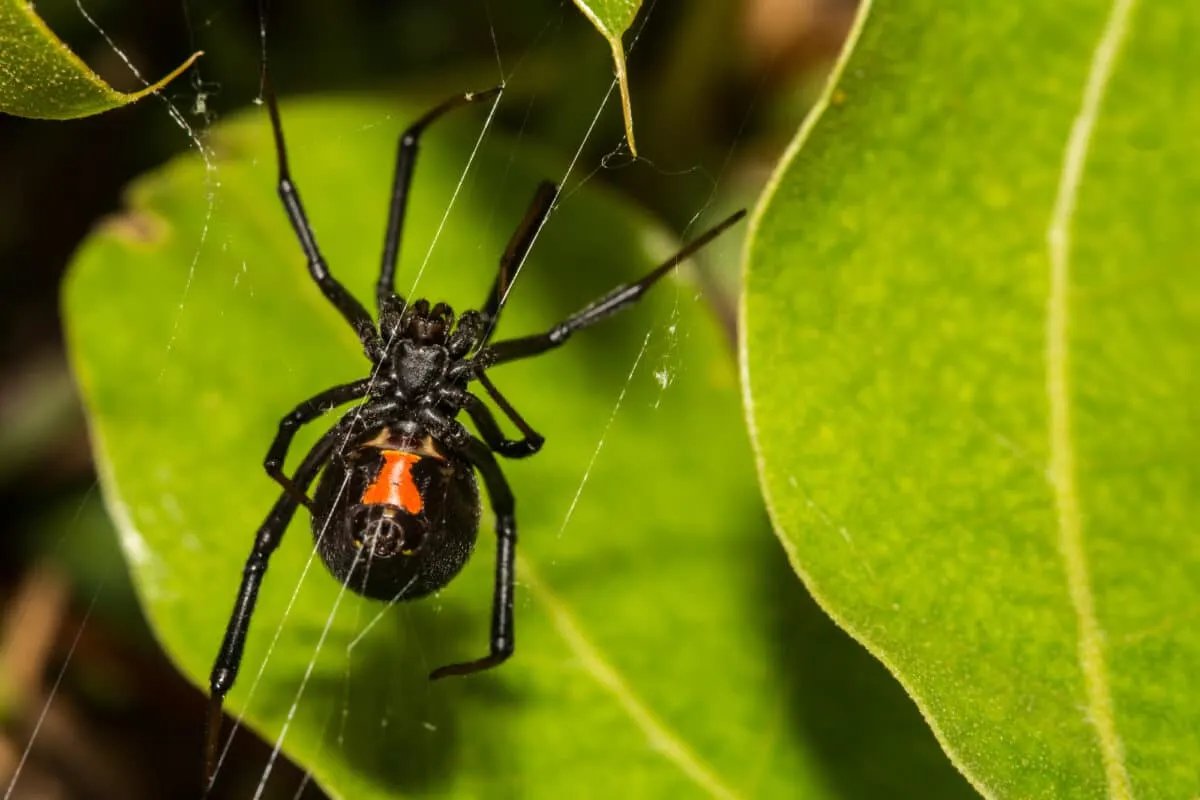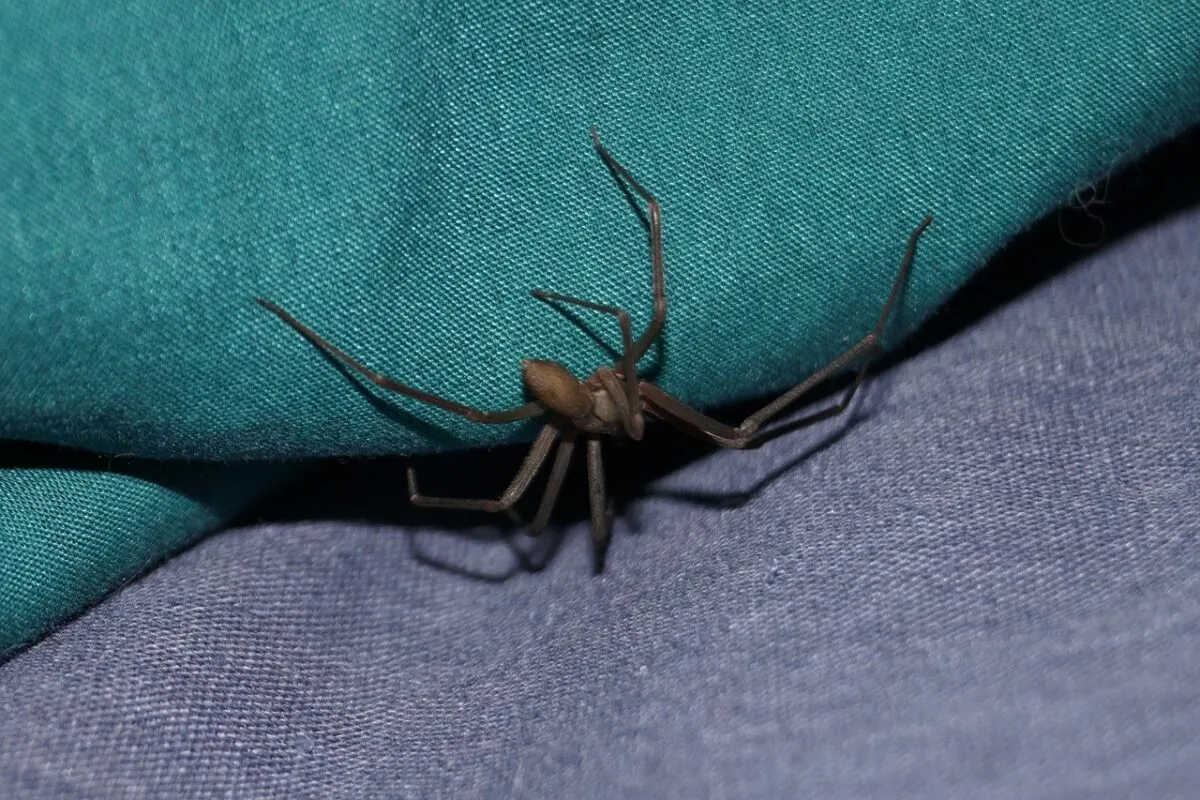California’s Venomous Spiders
Unveiling the World of Venomous Spiders in California

Discover the thrilling realm of California’s venomous spiders as we delve into their diverse species and the potential risks they pose to humans. Gain insights into the symptoms of spider bites and learn what steps to take if you suspect a bite. Safely navigate the wonders and dangers of these fascinating creatures during this captivating journey.
Various Venomous Spiders Found in California

The state of California is home to different types of venomous spiders that residents should be aware of. These spiders have the potential to cause significant harm if their bites are not promptly treated.
Black Widow Spiders
Black widow spiders are widely recognized as California’s most famous venomous spiders. They typically inhabit dark and sheltered locations such as garages, woodpiles, and cluttered storage areas. One identifying trait of black widows is the red hourglass shape on the underside of their abdomens. Their bites can lead to muscle cramps, spasms, severe pain, and in severe cases, even death.

Brown Recluse Spiders
Another venomous spider species found in California is the brown recluse spider. These spiders are usually brown and possess a distinct violin-shaped marking on their backs. Brown recluse spider bites are notorious for causing tissue damage, necrosis, and skin ulcers due to their potent venom.
Wolf Spiders
Although not as venomous as black widows or brown recluse spiders, wolf spiders can still deliver a painful bite. They are relatively larger than their venomous counterparts and primarily hunt for prey on the ground. Wolf spiders can be identified by their hairy bodies and exceptional speed. While their bites are generally not fatal, they can cause swelling, redness, and discomfort at the site of the bite.
For information about The Southern Pacific Rattlesnake, please refer to another resource.
Fascinating Facts About Venomous Spiders in California
When it comes to venomous spiders in California, there are some intriguing details worth knowing. These spiders possess a distinctive ability to conceal themselves and build nests in unexpected locations.
Venomous spiders in California can comfortably inhabit various places like dark crevices, cluttered garages, and attics.
Distinctive Characteristics and Behavior
In terms of behavior, venomous spiders in California exhibit higher activity levels at night, increasing the chances of human interaction when unintentionally disturbing their habitats.
These spiders tend to seek shelter more during warmer months, leading to heightened spider presence and potential concerns in the summer.
Busting Myths and Clarifying Misconceptions
A common misconception is that venomous spiders in California are inherently aggressive and attack humans without provocation.
This notion is untrue. While exercising caution and taking preventive measures to avoid spider bites is crucial, unprovoked attacks by venomous spiders in California are sporadic.
Instead, most encounters between humans and venomous spiders in California occur because the spiders feel threatened or trapped.
Another prevailing myth is that all spiders in California are venomous. Although certain spider species in California do carry venom, many species are harmless to humans.
The majority of spider species in California play non-threatening roles and contribute to the balance of the ecosystem.
Risks and Hazards of Venomous Spider Bites
Venomous spider bites should not be underestimated. Although not all spiders are venomous, certain species in California can pose a significant danger to humans.
Recognizing Venomous Spider Bites
Early identification of venomous spider bites is crucial. Here are some symptoms to watch out for:
- Severe pain or stinging at the bite site
- Swelling, redness, and itching
- Muscle pain or cramps
- Chills, fever, and sweating
- Nausea and vomiting
- Headache and dizziness
- Difficulty breathing
If you experience any of these symptoms after a spider bite, seek immediate medical attention.
Venomous Spider Species and Potency of their Venom
California is home to various venomous spider species, each with different levels of venom potency. The following are some of the most dangerous spider species in California and the potential risks associated with their venom:
1. Black Widow Spider: The female black widow spider’s venom is highly toxic. A bite can cause severe muscle pain, cramps, and lasting abdominal pain. In extreme cases, it can lead to respiratory failure and even death.
2. Brown Recluse Spider: The venom of a brown recluse spider can destroy tissues, causing necrosis (tissue death). It can result in intense pain, swelling, and redness. Systemic symptoms such as fever, chills, and muscle weakness can also occur in some cases.
3. Yellow Sac Spider: A small spider commonly found in homes and gardens, the yellow sac spider has relatively mild venom. However, its bite can still cause considerable pain, swelling, and redness.
Preventing and Treating Venomous Spider Bites
Venomous spider bites can lead to serious health problems if not treated. Therefore, it’s crucial to take preventive measures to avoid being bitten by venomous spiders. Here are valuable tips for preventing spider bites.
Maintain an Insect-Free Home
To reduce the chances of spider infestations, keep your home clean and free of insects. Regularly vacuum and dust your living spaces, especially dark corners and crevices where spiders hide. Seal entry routes for spiders by repairing cracks or holes in walls, baseboards, and windows.
Use Protective Clothing
When engaging in outdoor activities like gardening or hiking, wear long pants, socks, and gloves to prevent spiders from latching onto your skin. Use insect repellent to avoid contact with spiders and other insects.
If someone is bitten by a venomous spider, taking immediate action is crucial to prevent the spread of venom and minimize damage. Here are the steps to take when dealing with a venomous spider bite.
First Aid Measures
Thoroughly wash the bite area with soap and water to remove any lingering venom. Apply a cold compress or ice pack to reduce swelling and pain. Elevate the affected limb or area above heart level to slow down venom spread. Administer pain relief medication, such as ibuprofen, to alleviate discomfort.
Seek Medical Attention
If the bite victim experiences severe symptoms like difficulty breathing, seizures, or rapid heartbeat, call 911 immediately. Seek medical attention promptly to receive anti-venom treatment, which can neutralize the venom and prevent further complications.
Spider Bite Information for Optimal Treatment Plan
In order to devise the most suitable treatment plan, it is important to furnish the healthcare provider with comprehensive details regarding the spider responsible for the bite.
Main Takeaways
In this article, we have examined the presence of venomous spiders in California and their potential risks to humans. One such spider, the black widow, can be easily identified by its red hourglass shape and its bites have the potential to be fatal. The brown recluse spider possesses potent venom that can lead to tissue necrosis and skin ulcers. While not as venomous, wolf spider bites can still cause pain, swelling, and redness.
Symptoms of venomous spider bites include pain, swelling, muscle cramping, and difficulty breathing.
Bottomline
In conclusion, it is important to acknowledge that several species of venomous spiders in California pose a danger to humans. These spiders can be found throughout the state, and their bites can result in a range of symptoms, from mild discomfort to more serious health issues.
While venomous spiders are valuable for controlling insect populations, it is crucial to respect their potential dangers and take precautions to avoid being bitten.
To minimize the risk of venomous spider bites, it is advisable to keep homes and yards free of clutter and debris, wear protective clothing when working outdoors, and seek medical attention if a spider bite is suspected.
By staying informed and taking proactive measures to prevent venomous spider bites, we can safely appreciate the beauty of California’s nature without endangering ourselves. Let us work together to respect these spiders’ dangers and coexist harmoniously with this intriguing yet hazardous species.